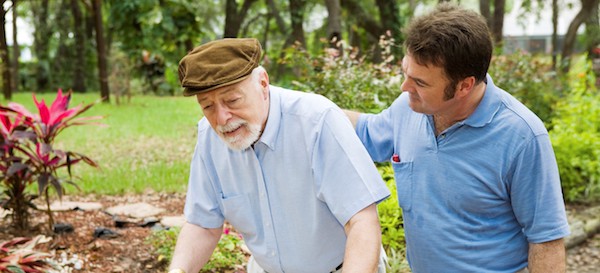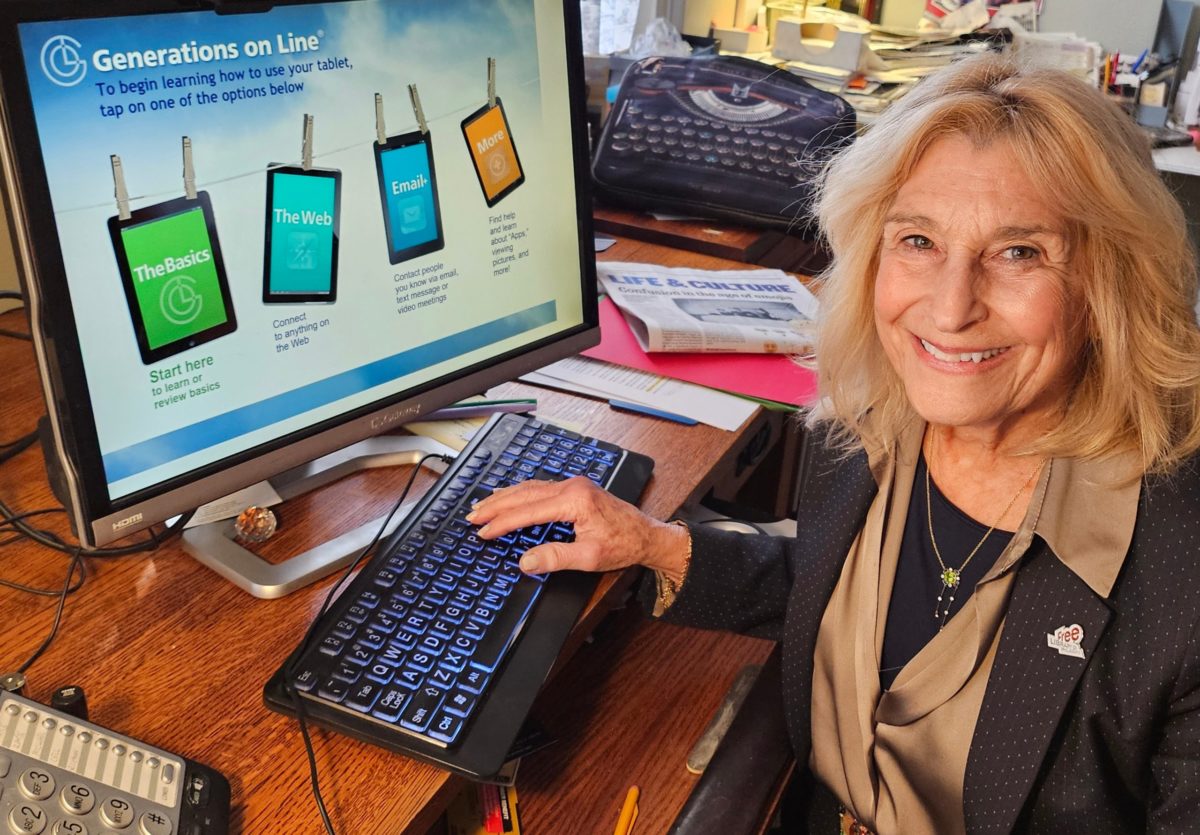The face of caregiving
By Jay Nachman
For both family members and professionals, caregiving can be immensely rewarding but does pose challenges. Adult children caring for aging and ill parents have to also manage their own jobs and families.
“Most people who provide care at home have usually had their lives changed suddenly,” said Diane Menio, executive director of the Center for Advocacy for the Rights and Interests of the Elderly (CARIE). “A loved one, from issues like an accident or illness, requires immediate care, and the caregiver suddenly is trying to balance his/her own life with that of the relative.”
For those who have chosen a career in caregiving, Menio noted all of the points that make this work tough. It is arduous and sometimes not filled with the gratitude it deserves,” she said. “Not by the consumers necessarily, but because they’re not getting the support that they need; I do admire those people who want to do this kind of work in the future because they‘re special for many reasons.”
Those challenges of recruiting and supporting caregivers are only going to grow as baby boomers age and need more care themselves. Technology and increased support for caregivers will help.
The growing need
The numbers don’t lie. “Baby boomers are getting older and will start needing care, if they don’t already,” Menio said. “The population below the baby boomers is smaller and it gets smaller as you go down. Who is going to care for people as they age? We need a creative plan that protects people as they age who need care because [as of today], we aren’t repopulating at the right level to be able to do that.”
Nationally, the number of family caregivers for adults has risen from 16.6% of the general population in 2015 to 19.2% in 2020, according to a report by the National Alliance for Caregiving (NAC) and AARP. That’s an increase of more than 8 million adults providing care to a family member or friend who is 18 or older. This increase is primarily driven by a significant growth in the prevalence of those caring for a family member or friend who is 50 or older.
Despite the increase in caregivers, the demand for care outweighs the supply of available caregivers. “There’s definitely a trend where the need for caregivers is growing,” said Cheryl Clark-Woods, director of the Caregiver Support Program at Philadelphia Corporation for Aging (PCA). “Right now, nearly one-in-five Americans are caregivers of an adult, and it’s anticipated in the future to significantly rise. Something we’ll be faced with as a society in Philadelphia [and beyond], is trying to meet the care needs of those care receivers when there’s really not enough caregivers to do all that work.”
Who are caregivers?
The demographic characteristics of caregivers remain largely unchanged since 2015, occurring among all generations, racial/ethnic groups, income or educational levels, family types, gender identities, and sexual orientations. Most adult caregivers provide for a relative, typically a parent or spouse/partner. Though, 10% provide care to a friend or neighbor. Many caregivers live with the care recipient (40%), an increase of 6% since 2015.
The NAC and AARP report also states that older caregivers tend to take care of similar-aged care recipients, with 74% of caregivers 75 and older caring for a recipient who is also 75 or older. Younger caregivers tend to take care of someone olderthan themselves, with 81% of caregivers 18-49 caring for someone 50 or older. Locally, the average age of a caregiver in PCA’s Caregiver Support Program is 43, according to Clark-Woods. “Caregivers are usually female and a daughter but that’s changing,” she said. “There’s been an increase of males who have become caregivers. Some of the traditional roles are starting to change now, which reflects what’s going on in society in general. The other trend is a lot of younger caregivers are emerging, as millennials are stepping up to the plate.”
The role of technology
Technology will be increasingly important for caregiving in the future and will allow caregivers to access education and training services online. “There’s been a shift over time,” Clark-Woods added. “The primary focus 10-15 years ago was on the impact of caregivers and their physical and emotional health. Now, education and training can help support a caregiver’s resilience, mastery and ability to continue to provide care.”
Technology can also help with the caregiving itself, she said. Apps can provide remote monitoring, medication alerts and help with care planning. Clark-Woods also noted the national movement to recognize caregivers and provide additional support to them. In 2018, Congress passed the RAISE Family Caregivers Act to address the needs of caregivers. Another positive trend, according to CARIE’s Menio, proves the adage there’s no place like home.
“More people are getting services at home than ever before,” Menio said. “Previously, approximately 75% of the Medicaid budget was spent on nursing homes. Now it’s less than 50%. That means we’re serving many more people in their homes. People want to remain in their own homes in their older years. That’s what makes it good.”
—
Jay Nachman is a freelance writer in Philadelphia who tells stories for a variety of clients.




